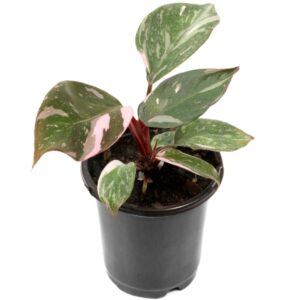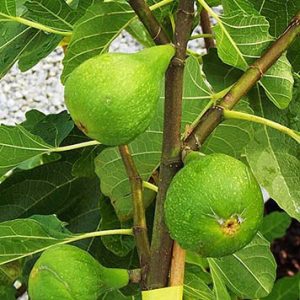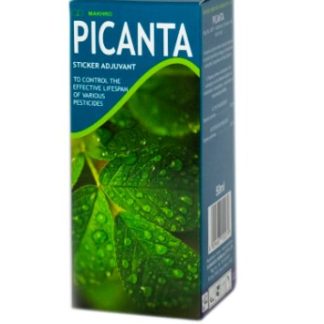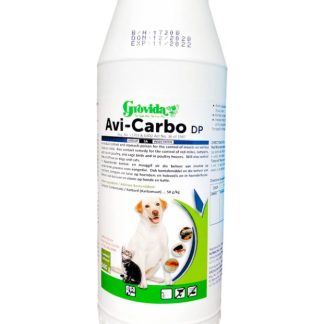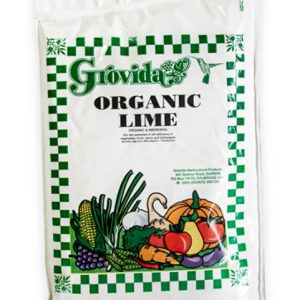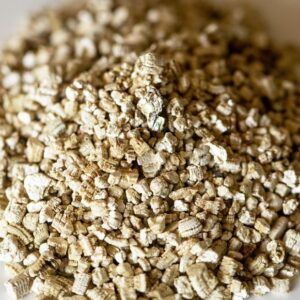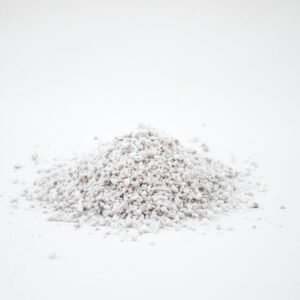The Philodendron Pink Princess has become a highly sought-after houseplant, captivating the hearts of plant enthusiasts and collectors worldwide. With its remarkable beauty, unique rarity, and air-purifying qualities, the Pink Princess stands out as a true gem in the world of indoor gardening. In this comprehensive guide, we will explore the aesthetic appeal, uses, care requirements, and propagation methods for this exquisite plant, ensuring you are well-equipped to nurture your own Philodendron Pink Princess.
Aesthetic Beauty and Characteristics
The allure of the Philodendron Pink Princess lies not only in its striking appearance but also in its distinctive characteristics. The plant features deep green leaves, often marbled or splashed with vibrant shades of pink. This variegation occurs due to a genetic mutation, making authentic Pink Princess plants relatively rare and highly valued. The leaves can grow up to 30 centimetres long, and their glossy surface adds a touch of elegance to any indoor setting.
The heart-shaped foliage is a signature trait of the philodendron family, and the Pink Princess is no exception. Its delicate yet sturdy leaves create an eye-catching display that complements various décor styles, from minimalist modern to lush, tropical interiors. When placed in a decorative pot or hanging planter, the Pink Princess can instantly elevate the aesthetic of a room.
Uses of the Philodendron Pink Princess
While the primary use of the Philodendron Pink Princess is as a decorative houseplant, its benefits extend beyond mere aesthetics. Like other members of the philodendron family, the Pink Princess is known for its air-purifying qualities. It can help remove toxins from the air, contributing to a healthier indoor environment. This makes it a perfect choice for bedrooms, living rooms, and home offices.
The versatility of the Pink Princess allows it to thrive in various arrangements. It can be placed on a bookshelf, hung from the ceiling, or allowed to climb a moss pole, providing opportunities to create a unique indoor jungle. Additionally, its vibrant colours can serve as a focal point in a room, drawing attention and admiration from guests.
Comprehensive Care Guide
Caring for your Philodendron Pink Princess involves understanding its specific needs regarding watering, feeding, training, repotting, lighting, humidity, and temperature. By following these guidelines, you can ensure that your plant remains healthy and vibrant.
1. Watering: The Philodendron Pink Princess prefers to be kept consistently moist but not waterlogged. To determine when to water, check the top 3cm of the soil; if it feels dry to the touch, it is time to water. Use lukewarm water and allow excess water to drain out of the pot to prevent root rot. During the growing season (spring and summer), you may need to water more frequently, while in the dormant months (autumn and winter), reduce the frequency.
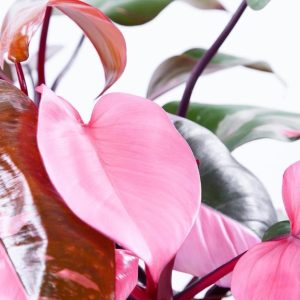 2. Feeding: To promote healthy growth, feed your Pink Princess with a balanced liquid fertiliser such as Nitrosol or Guanoboost every four to six weeks during the growing season. Else look for a fertiliser with equal parts nitrogen, phosphorus, and potassium. In the autumn and winter months, cut back on feeding, as the plant's growth will slow down significantly.
2. Feeding: To promote healthy growth, feed your Pink Princess with a balanced liquid fertiliser such as Nitrosol or Guanoboost every four to six weeks during the growing season. Else look for a fertiliser with equal parts nitrogen, phosphorus, and potassium. In the autumn and winter months, cut back on feeding, as the plant's growth will slow down significantly.
3. Training: As a climbing plant, the Philodendron Pink Princess can be trained to grow upward using a moss pole or trellis. This not only supports healthy growth but also enhances its visual appeal. When training your plant, gently tie the stems to the support structure using soft plant ties or twine, being careful not to damage the stems.
4. Repotting: Repot your Pink Princess every one to two years or when it becomes root-bound. Choose a pot that is one size larger, ensuring it has drainage holes to prevent water accumulation. The best time to repot is during the spring when the plant is actively growing. Gently remove the plant from its current pot, loosen any tightly bound roots, and place it in the new pot with fresh potting mix.
5. Soil: A well-draining, airy potting mix is essential for the Pink Princess. A blend of high-quality potting soil, peat, and perlite or orchid bark works well, as it allows for proper aeration and moisture retention. Ensure the soil is light and fluffy, which will promote healthy root growth.
6. Light Conditions: The ideal lighting for the Philodendron Pink Princess is bright, indirect light. Direct sunlight can scorch the delicate leaves, while low light may hinder growth and affect variegation. A north or east-facing window with filtered light is perfect. If you notice the plant stretching towards the light, it may need to be relocated to a brighter spot.
7. Humidity: The Pink Princess thrives in humidity levels of around 60 to 80%. To maintain adequate humidity, consider using a humidifier, especially during the dry winter months. Alternatively, placing a tray filled with water and pebbles beneath the plant can help increase humidity levels. Regular misting can also benefit the plant, but be cautious not to overdo it, as this can lead to fungal issues.
8. Temperature: The ideal temperature range for the Philodendron Pink Princess is between 18°C to 27°C. Avoid exposing the plant to drafts, sudden temperature changes, or cold conditions below 15°C, as these can stress the plant and hinder its growth.
Propagation Techniques
Propagating your Philodendron Pink Princess can be an exciting way to expand your collection or share this beautiful plant with friends. There are two main methods for propagation: through stem cuttings and division.
1. Stem Cuttings: This is the most common method for propagating the Pink Princess. To do this, select a healthy stem with at least one leaf and a node (the small bump on the stem where leaves grow). Using clean, sharp scissors or pruning shears, cut the stem just below the node. Place the cutting in a glass of water, ensuring the node is submerged while the leaves remain above the waterline. Change the water every few days to keep it fresh. After a few weeks, roots will begin to form. Once the roots are a few inches long, you can transplant the cutting into a pot with soil.
2. Division: This method involves separating a mature plant into smaller sections, each with its own root system. Carefully remove the plant from its pot and gently separate the root ball into two or more sections. Ensure that each division has healthy roots and at least one stem. Replant each section in its own pot with fresh potting mix and water thoroughly.
Potential Pests and Issues
While the Philodendron Pink Princess is generally resilient, it can be susceptible to common houseplant pests such as spider mites, aphids, and mealybugs. Regularly inspecting the leaves for signs of infestation is essential. If you notice any pests, treat them promptly with insecticidal soap or neem oil, following the product instructions for effective application.
Additionally, monitor your plant for signs of stress, such as yellowing leaves or wilting. These symptoms can indicate issues such as overwatering, underwatering, or insufficient light. Adjust your care routine accordingly to address these problems and restore your plant’s health.
Conclusion
The Philodendron Pink Princess is more than just a houseplant; it is a captivating addition to any indoor space, bringing a splash of colour and life to your home. By following the comprehensive care guidelines outlined in this guide, you can nurture a thriving Pink Princess that not only enhances your decor but also contributes to a healthier living environment. Whether you are a seasoned plant enthusiast or a beginner, the journey of caring for a Philodendron Pink Princess is sure to be rewarding, providing you with beauty and joy for years to come. 